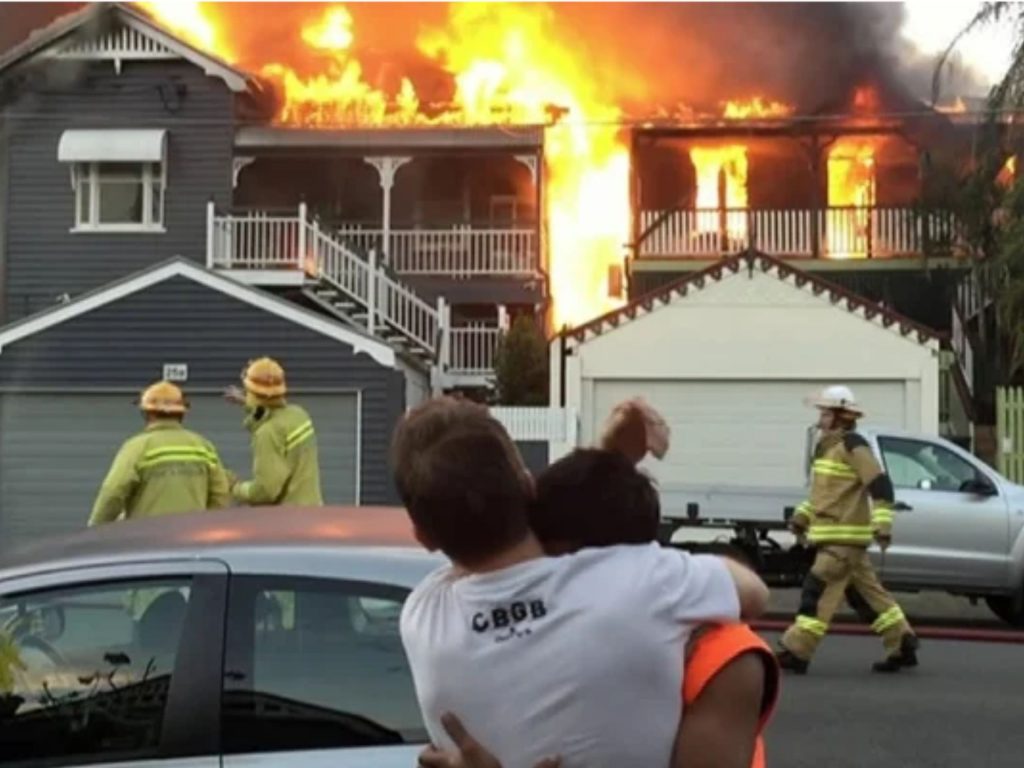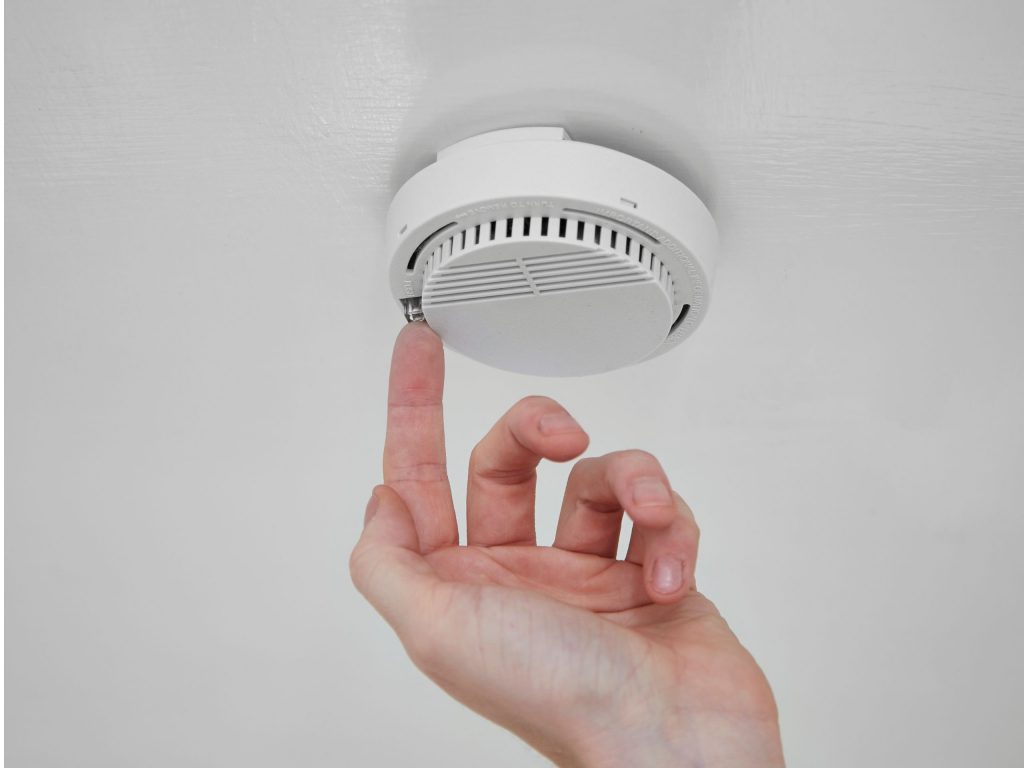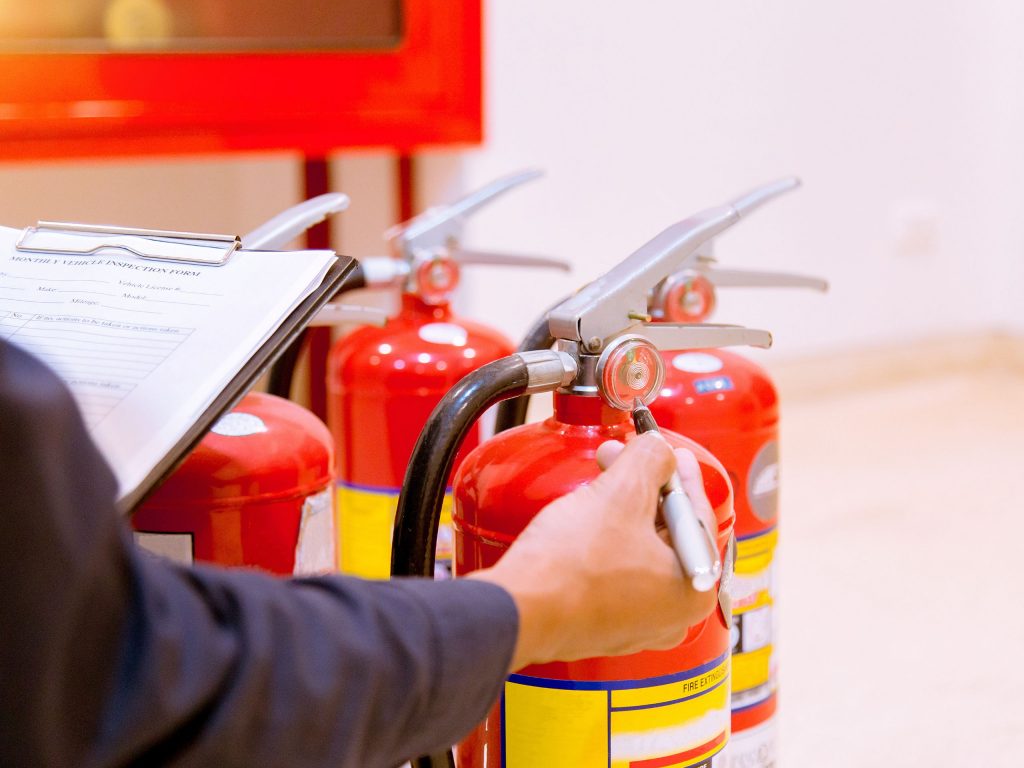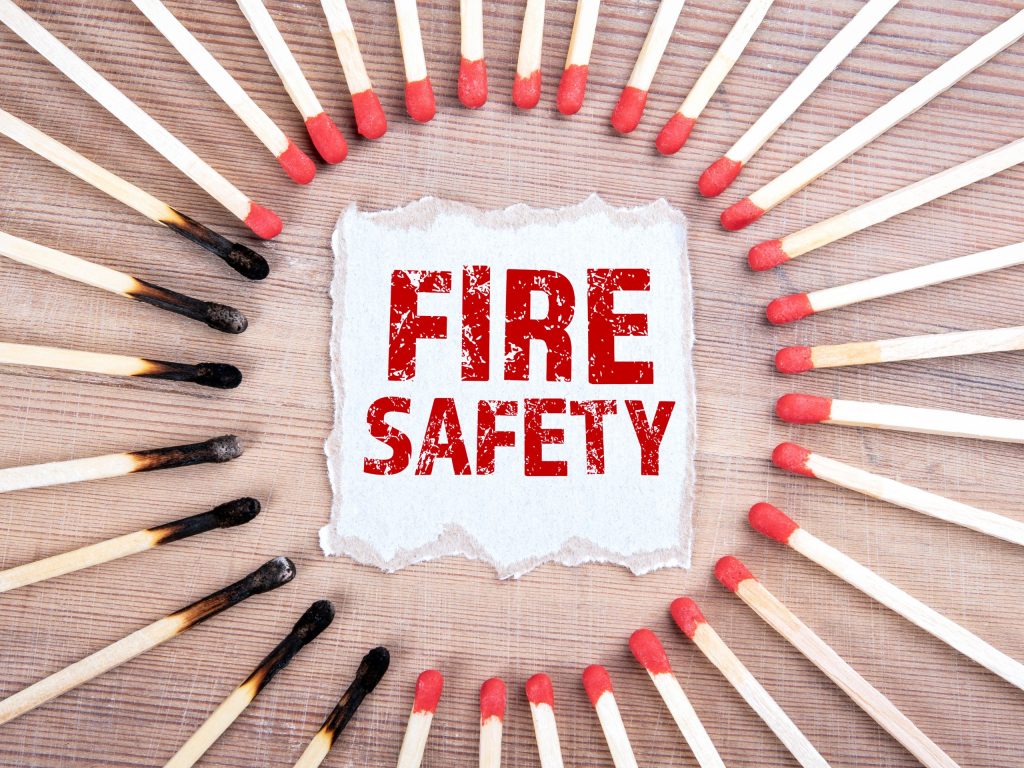I can imagine few events more devastating, dangerous and damaging than when fire engulfs a home. It’s not just the loss of property and precious mementos either. There’s the psychological trauma of watching your property go up in flames that will stay with you forever. It must be hard to ever feel truly safe after suffering through a house fire.
And these things aren’t always confined to one property. In inner Brisbane where houses can be just a few metres apart (sometimes even closer), the response time of the fire department is critical to avert the disaster spreading.
Sadly, we’ve seen more than our fair share of house fires in the suburbs I work in. There was the Guthrie Street, Paddington apartment blaze in August and the tinderbox event in Ellena Street not too long ago.

So, what are some the regulations surrounding fire prevention and how can you reduce the risk to your home and investments?
1. Smoke alarms
Smoke alarm legislation sets out comprehensive guidelines for property owners.
According to Queensland Fire and Emergency Service, since 1 January 2017, existing alarms in a dwelling must be replaced with a photoelectric alarm that complies with Australian standards. Any alarm more than 10 years old must be replaced, along with any that are faulty, and hardwired alarms must be replaced with hardwired alarms.

From 1 January 2027, all alarms most be photoelectric and interconnected. They must be installed in each bedroom of the house and in any hallway that connects bedrooms too. This also applies whenever a dwelling is sold, newly built, leased or has a lease renewal.
In addition, within 30 days before the start of a tenancy, the landlord must test and clean each smoke alarm in the dwelling. The tenant is required to clean each smoke alarm once every 12 months as well.
Of course, people are busy and these sorts of tasks can be easily overlooked. As such, property managers and landlords are increasingly outsourcing smoke alarm maintenance to specialist companies who can provide a “certificate of compliance” on request.
2. Cladding and building materials
When completing renovations or building your new home, it’s important to take into consideration how various types of construction materials will cope with a fire event.
The Grenfell Tower tragedy brought this issue to the fore with governments across the world restricting the use of flammable cladding on structures.
But staying fire safe should go well beyond cladding.
If you are building or renovating a property, seek advice from your builder and designer on your material choices. Extensive use of concrete and brick will help.
While materials such as bamboo or raw timbers may add to the aesthetic appeal of the property, they are among the more flammable on offer. As such, keeping their use to a minimum is important.
There’s also an insurance bonus in using fire-resistant building materials. Because they lower your risk, there could be some allowances made by an insurer who does a comprehensive risk assessment of your property. This could potentially deliver lower premiums.
3. Hardware
Along with alarms, it’s important to have additional resources to stop a fire before it gets out of hand.
Small extinguishers are a must, particularly in fire dangerous locations such as kitchens, near electrical hubs or around workshops. Extinguishers can be affixed to a wall, positioned in a pantry or even placed under a sink.

You should make sure they’re within easy reach and be aware of how to operate them. Read the instructions carefully and do a dummy run so you won’t be trying to figure things out during an emergency.
Just like fire alarms, extinguishers should be regularly checked and maintained each year. Plus, ensure the extinguisher you have will cope with the type of fire it will need to put out, for example, CO2 extinguishers for electrical fires and wet chemical extinguishers for oil and fat fires.
Another handy addition would be a fire blanket in the kitchen that can quickly smother small cooking fires before they get out of control.
4. Fire escape plan
Your family should have a fire escape plan and practise it regularly. You and the kids must understand the most appropriate exit points from the home and how to navigate to them in an emergency.
If it can be done safely, practice making your way from your room to your exit without looking, as smoke in a fire event will probably impair your vision. Just make sure someone is there to supervise the exercise!
Also, there should be a safe mustering point away from the home. Again, every resident needs to know where that is so you can all be accounted for after vacating the home.
Further, make sure your kids understand how to contact emergency services. They should know to dial 000 and follow the operator’s instructions.
5. Appliance checks
Finally, fires are often caused by faulty or inappropriately placed electrical appliances.
A poorly positioned room heater can quickly light up curtains, so leave plenty of space around them during winter… and only buy units that can be programmed to switch themselves off after a period.
Also, a damaged power cord can cause a spark that will light up a shag-pile rug. Check your appliances and cords for safety before you use them.

Fire safety is essential in every home. It not only keeps you and your precious family from harm, but it’s also a way to protect the valuable asset that is your home. Hopefully you’ll never need to carry out the measures you put in place, but if the day comes that you do, you’ll be glad you prepared in advance.
